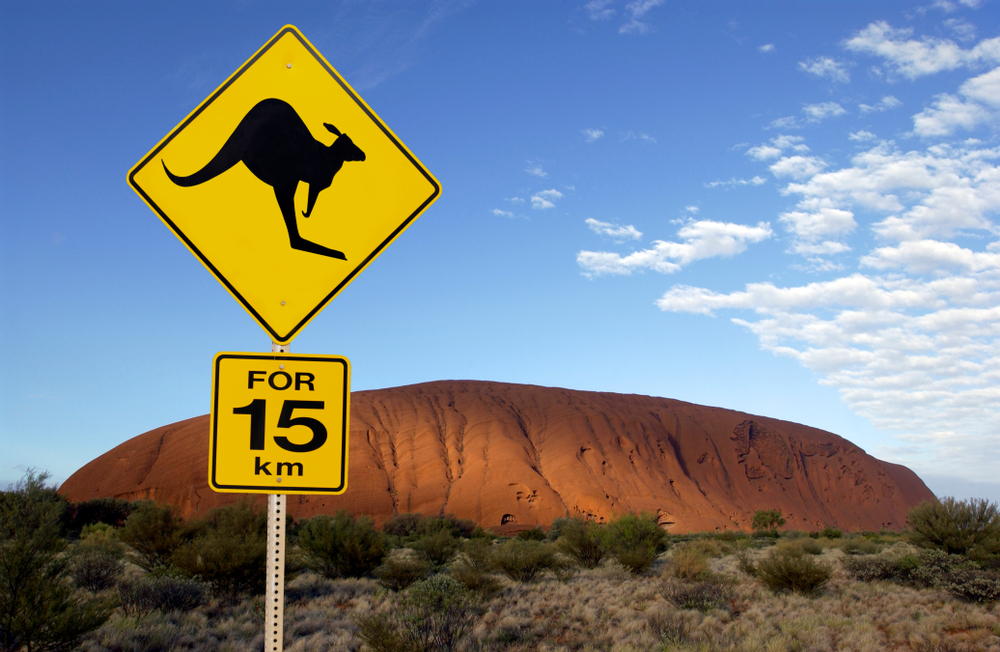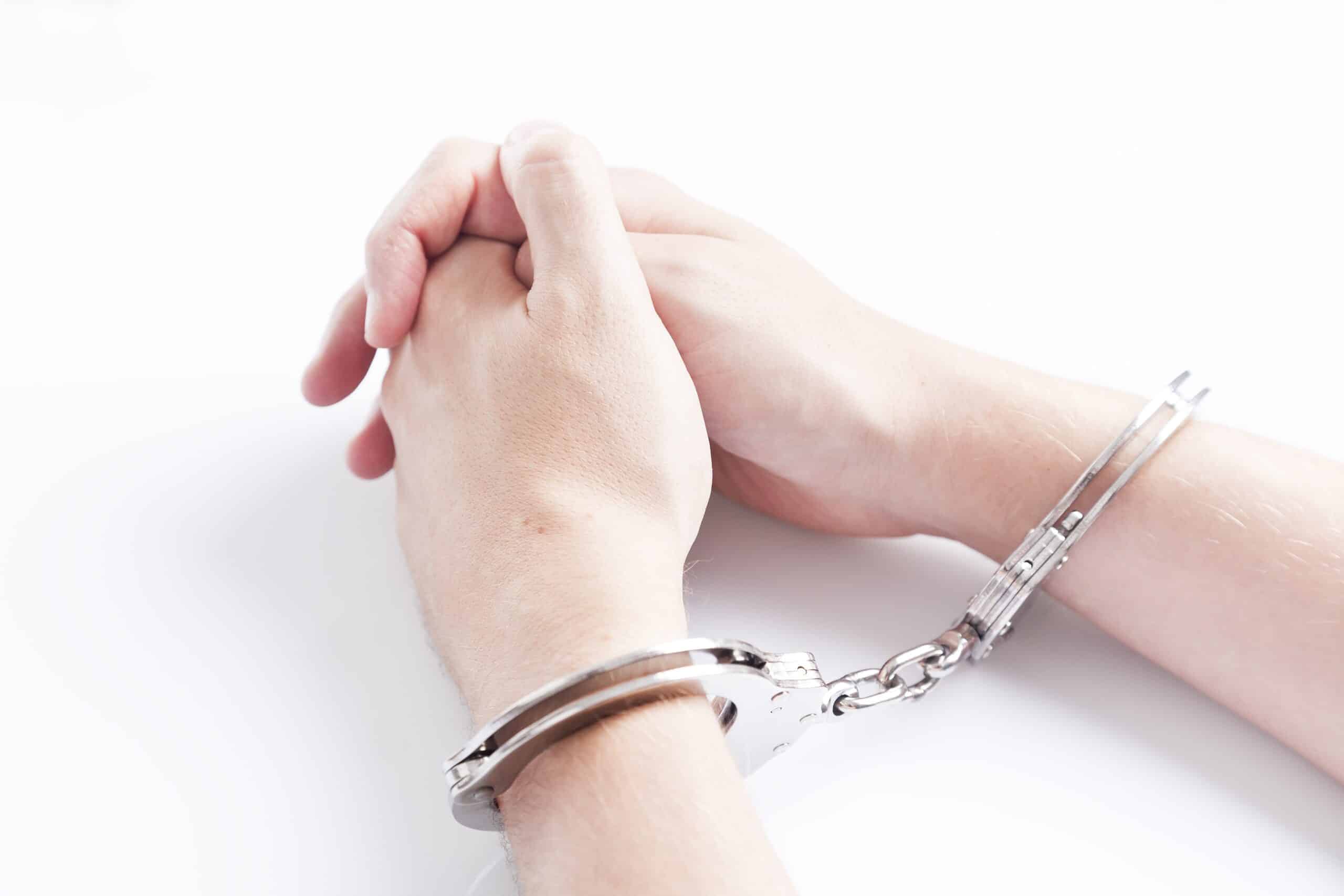Share This Article
By Sahar Adatia and Jimmy Singh.
Aboriginal sites are a significant and meaningful part of Australia’s cultural heritage.
Indeed, Aboriginal communities have been living in Australia for at least 60,000 years, and much of their traditional culture has subsisted through such various landscapes, many of which hold physical depictions of Aboriginal history, including rock art and native plants.
For Aboriginal people, everything in the landscape has a profound meaning – the land and waterways, the animals and plants associated with the Dreamtime stories, the cultural learning and cultural activities that these provide.
Because of this deep connection to the culture, all around Australia, the protection and preservation of Aboriginal sites is fiercely upheld.
One such significant Aboriginal cultural region is the Arthur Pieman Conservation Area, situated in Tasmania’s north-west. With its scatters of landscapes and artefacts, the reserve shows the Aboriginal people in the past had a special relationship with the land and certainly one that should be respected. It is thus also regulated for its vehicle use in order to preserve the land and protect the values of the Aboriginal communities.
This week, the seriousness of these regulations was brought to light in the case of a former Tasmanian state political candidate, who allegedly believed it justifiable to illegally ride a quad bike in the protected land of Arthur Pieman Conservation Area and was fined $800 for breaking the law.
On November 26 2018, former Jacqui Lambie Network candidate Rodney Flowers pleaded guilty to charges including driving a vehicle on reserve land and failing to stop a vehicle when directed at the restricted Tasmanian reserve. This arrived after initially maintaining his innocence when the allegations of his misconduct at the Arthur Pieman Conservation Area surfaced two years ago.
Court Hears Mr Flowers Breached Protected Site Regulations
At Mr Flowers’ court hearing, the court heard that the former Braddon candidate was part of a group of riders which, on the ANZAC weekend in 2016, was discovered in an expanse that had been closed to protect Aboriginal heritage, including midden sites and hut depressions.
When several rangers from Tasmania’s Parks and Wildlife service approached, the group allegedly failed to stop and adhere to directions given, at which point Mr Flowers, who was allegedly riding a quad bike, was recognised.
The court was informed that the area, which includes a national heritage-listed stretch of coast known as the Western Tasmania Aboriginal Cultural Landscape, was home to 20 significant Aboriginal sites.
According to Mr Flowers’ lawyer Glynn Williams, there was no harm done by his client’s actions. Instead, the actions of his client amounted to “political trespass”.
“My client’s freedom to move has been limited,” Mr Williams told Magistrate Duncan Fairley.
“With these offences there’s no illegal hunting, or firearms offences. It’s a test of the law, and a political trespass. There was no harm.”
Mr Flowers Exposes Aboriginal Heritage and “Connection to the Land”
In defending Mr Flowers, Mr Williams asserted that his client believed he was of Aboriginal heritage and was recognised by the Circular Head Aboriginal Corporation, and so he had a sense of connection to the land.
However, representative Emily Gil from the Department of Public Prosecutions disputed that she was troubled by the defence lawyer’s argument.
“There’s better ways to protest a law than by breaking it,” Ms Gil said.
Justice Fairley issued Mr Flowers a fine of $800 for illegally using a vehicle in protected land and failing to stop a vehicle when directed.
Meanwhile, as Justice Fairley handed down his sentence, he said Flowers had “flagrantly disregarded” the requests of rangers to stop.
“I understand the closure has been politically sensitive, Mr Flowers, but these considerations should be put to one side,” he said.
At the time of Mr Flowers’ candidacy on the Jacqui Lambie Network, his profile stated that he had dedicated “many hours and his own money” to trying to re-open the Arthur Pieman tracks for recreational use.
“As a farmer, Rodney understands that business and the environment can operate alongside one another in harmony, and will fight to ensure Tasmania is open for business,” the profile read.
Mr Flowers must now pay his fine within 28 days of the charge.
“A Powerful Place”: The Significance of the Arthur Pieman Conservation Area
Reserved in 1982, the Arthur Pieman Conservation Area expands along the wild north-west coast of Tasmania and covers 100,135 hectares.
The reserve contains spectacular coastal landscapes, an exceptional abundance of Aboriginal cultural heritage, and highly diverse ecosystems.
It is an open land containing thousands of Aboriginal sites, and the coastal portion of a much larger region extending inland, known as The Tarkine.
According to the Tasmania Parks and Wildlife Service, the reserve is a “powerful place of great significance”. This is because it is shaped and nurtured by the hands of thousands of generations of Aboriginal families, with a coastline sculpted by the enormous swells of the Southern Ocean.
With its profusion of Aboriginal sites, the area is hailed one of the world’s great archaeological regions, where shell middens, hut depression sites, artefacts and rock engravings can all be seen.
While the National Parks and Wildlife Act 1974 (NSW) prohibits desecrating or damaging aboriginal land and objects, the Crimes Act 1900 (NSW) also prohibits damaging or destroying properties.
The Problem of Vehicle Use in the Reserve
While the Arthur Pieman Recreational Area is managed to protect the Aboriginal values and enable a range of recreational activities, a report on the management issues of the reserve from the Tasmania Parks and Wildlife Service advises that many of the sites are being extensively damaged through off-road vehicle use.
For the Tasmanian Aboriginal community, these sites are of invaluable significance, and the reserve also has historic cultural significance associated with cattle grazing and mining.
While off-road vehicle use is a popular activity in the reserve, it is also one of the most sizeable threats to the reserve’s cultural and natural values.
Specifically, there are concerns about the extent of the track network as well as the scale of land degradation at some sites.
Meanwhile, the coastal parts of the reserve are most heavily impacted by off-road vehicle use. It is considered a fragile area that requires active management and protection.
As such, the Tasmania Parks and Wildlife Service seeks cooperation of Arthur Pieman users and the community at large to help ensure that the reserve is used sustainably. If its values are protected then it can remain accessible for visitors in the future.
The Law and Penalties for Damaging or Desecrating Aboriginal Places or Objects in NSW
Distinct from damaging or desecrating protected places offences in NSW, which was outlined in our previous blog, in NSW, the primary piece of legislation that protects Aboriginal cultural sites and heritage is the National Parks and Wildlife Act 1974 (NSW).
Under this act, it is an offence to harm or desecrate an Aboriginal place or object.
Any person found guilty of harming or desecrating an ‘Aboriginal object’ (where he or she knew it was an ‘Aboriginal object’) will face a penalty of up to $275,000 fine and/or 12-months imprisonment under section 86(1) of the National Parks and Wildlife Act 1974 (NSW).
Any corporation found guilty of this will face heavier penalties of up to $1.1m.
While the above offence requires that the offender know that the object was an ‘Aboriginal object’ before harming it, any person who harms an ‘aboriginal object’ without knowledge that it was will face a penalty of up to $55,000 fine under section 86(2) of the National Parks and Wildlife Act 1974 (NSW). There is no imprisonment penalty for this.
Any corporation who does this will face a penalty of up to $220,000 fine.
Any person found guilty of harming or desecrating an ‘Aboriginal place’ will face a penalty of up to $550,000 fine and/or 24-month imprisonment under section 86(4) of the National Parks and Wildlife Act 1974 (NSW).
Any corporation that commits this offence will face a penalty of up to $1.1m.
An ‘Aboriginal object’ includes ‘any deposit, object or material evidence (not including a handicraft made for sale) relating to the Aboriginal habitation of the area within NSW, being habitation before or concurrent with (or both) the occupation of that area by persons of non-Aboriginal extraction, and includes Aboriginal remain.
‘Aboriginal remain’ generally means body or remains of a body of a deceased Aboriginal person.
‘Aboriginal place’ here includes any place declared to be ‘Aboriginal place’ where the Minister declares any place to be an Aboriginal place- as a place of special significance with respect to Aboriginal culture under section 84 of the National Parks and Wildlife Act 1974 (NSW).
‘Harm’ here includes, destroy, deface, damage the object or place, move the object from the land on which it had been situated, causes it to be harmed in any of these manners.
In respect to an offence of section 84(2) and (4) above, it is a defence to these offences if you honestly believed it not to be Aboriginal Land or Object, in circumstances although you were mistaken as to that belief, you held that belief on reasonable grounds- the honest and reasonable mistake of fact defence.
Any questions arising from this blog?
Our team are available 24/7 and provide a free first consultation.
We appear in all courts and have criminal & traffic defence lawyers in Wollongong, Newcastle, Parramatta and 6 other office locations in NSW.









